We talk about public projects all the time – typically payment bonds or prevailing wages. When discussing federal projects (and, specifically, prevailing wages), it’s important to also discuss a related topic: certified payroll. This topic can be heavy and there are a lot of in’s and out’s. Consider this an introduction to the subject – let’s look at the basics.
What Is a Certified Payroll
Let’s actually take a step back, first. Why are payroll’s even being “certified”?
Federal construction projects have more rules than commercial projects, plain and simple. Of these rules, the ones surrounding payment are some of the most important. Under the Davis-Bacon Act, contractors and subs on federal jobs must pay workers at least the local prevailing wage rate. If payments aren’t made as required, there are consequences.
But, how can you even be sure who’s following the rules and who isn’t? That’s where a certified payroll comes in.
For a payroll report to be certified, it must include certain information (more on that below) as well as a Statement of Compliance. The goal is to keep track of everything affecting payment on the job site. The certified payroll report is submitted weekly to whatever government agency is tracking the public project.
The WH-347 form will fulfill all certified payroll requirements. It’s the most commonly used form, but it is optional – you can use some other form. The Department of Labor makes it easy to fill out with these Instructions For Completing WH-347.
Certified Payroll Basics
A certified payroll must include:
The name of every employee
The type of work they performed on the project
The employees’ wages
Their benefits
Hours worked
Gross Wages
Amounts withheld
All contractors and subcontractors on most federal public works projects must submit certified payroll records to the federal agency that is contracting for or financing the project. As you could imagine, the toughest part is gathering the data.
What Makes the Payroll Report “Certified”
The payroll becomes certified when the signed Statement of Compliance is attached. This document is exactly as it sounds – it’s simply a statement that the person submitting this certified payroll has complied with all necessary rules. It states that all of the forms are correct and that no employee is paid less than the prevailing wage for the work they performed on the project.
Need More Information?
We don’t blame you! It’s a tricky topic. The Department of Energy has an extensive breakdown of the Davis-Bacon Act, which you can find here: Davis-Bacon Frequently Asked Questions. Pages 13-36 are specifically tied to certified payroll requirements, but all of the information is extremely helpful.


